
On February 1st, 2020, our little Club had a field trip to the Amazon Spheres. We had 21 members total; including Adriane and Brett Savelli who came all the way up from Vancouver, Washington. Little did we know this would be the last time many of us would see each other in-person for quite some time.
A little about the Spheres. The Amazon Spheres opened it’s doors in January 2018, after 2 1/2 years of construction. The three, spherical, glass domes, with the largest standing 90 feet tall, sits in the heart of downtown. This was part of the Amazon headquarters 4 billion construction project that was inspired by the hypothesis of biophilia: how humans have the innate tendency to seek connections with nature. Studies have been able to show the connection of biophilia and improved brain function and creativity. The spherical domes are pentagonal hexecontahedron and are supposed to mimic vines climbing all along the outer walls. Inside the domes/employee campus are meandering pathways that weave through varying ecosystems. There are 40,000 plants from the cloud forest regions of over 30 countries. Many of them are endangered plants flown in from SE Asia.
Speaking for everyone who came along on the tour, I think the highlight was seeing the ENORMOUS 62 foot tall by 50 foot wide living wall. Such a sight amongst the concrete skyscrapers that surround the Spheres.
The wall is the second tallest living wall in the world and home to 25,000 plants. 4,000 square feet of mesh house the vertical gardens; which consists of 200 different species.
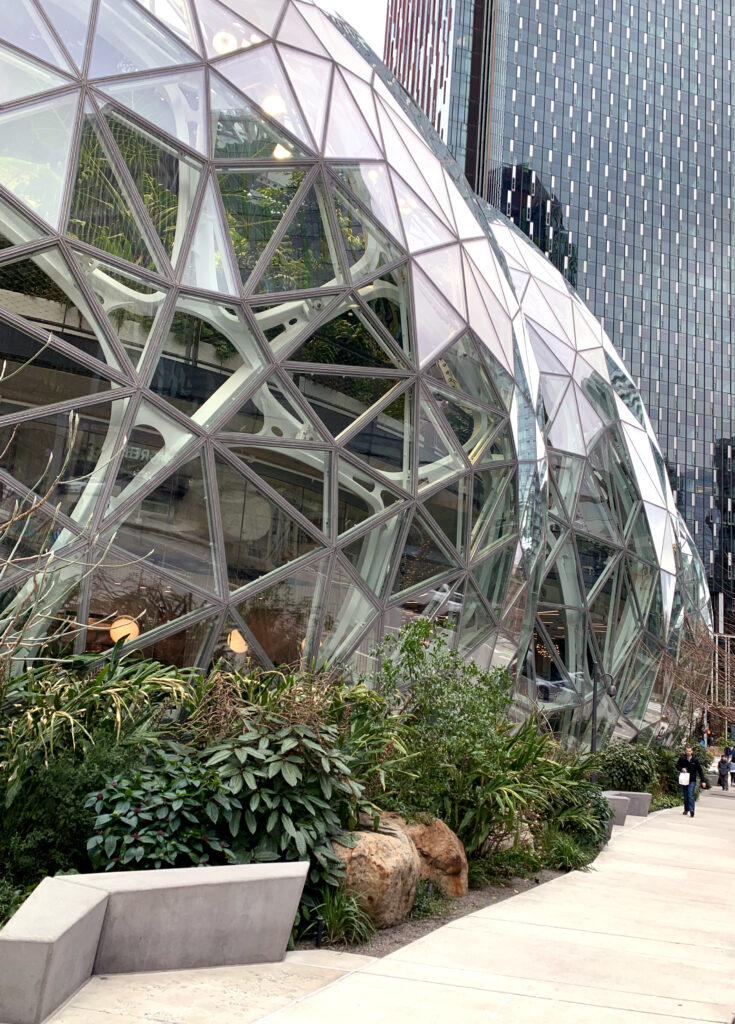

At the base of the wall are lower light and low temperature plants such as orchids, aroids, ferns, etc. As the wall gets higher I noticed more epiphytic, jungle plants. And on one wall entirely devoted to carnivorous, pitcher plants.
The entire building is extremely balmy; much like you’d expect in a greenhouse. The temperature stays a constant 72 degrees and 60 percent humidity during the day, and by the evening the humidity is cranked up to 85 percent. PHEW!
Despite all these fun facts, our 90 minute, self-guided tour was amazing. There was so much to take in that shortly after we met up, we quickly disbanded as we stood to look at plants, take photos, and just take in all the wonder around us. Btw, the Tillandsia display is enchanting!

Luckily we got the opportunity to visit the Spheres- as Covid happened and Amazon quickly shut their doors to any future public tours. In fact, we got in on one of the last tours of the year. So grateful we wall jumped at the chance at viewing the inside of these incredible, indoor gardens as it’s anyone’s guess when they’ll be allowed to have visitors again.
More here: https://www.youtube.com/watch?





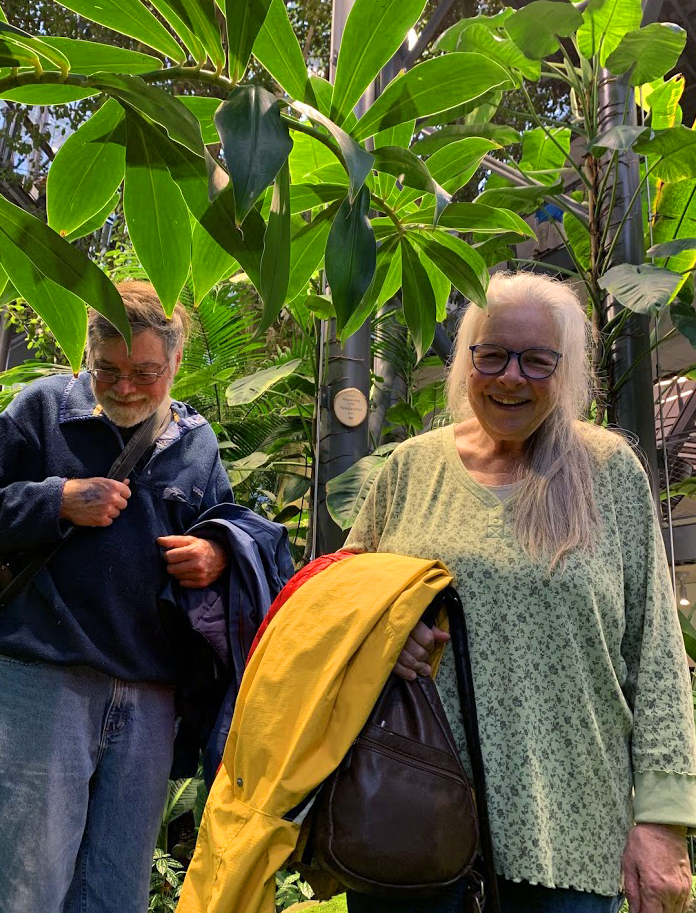





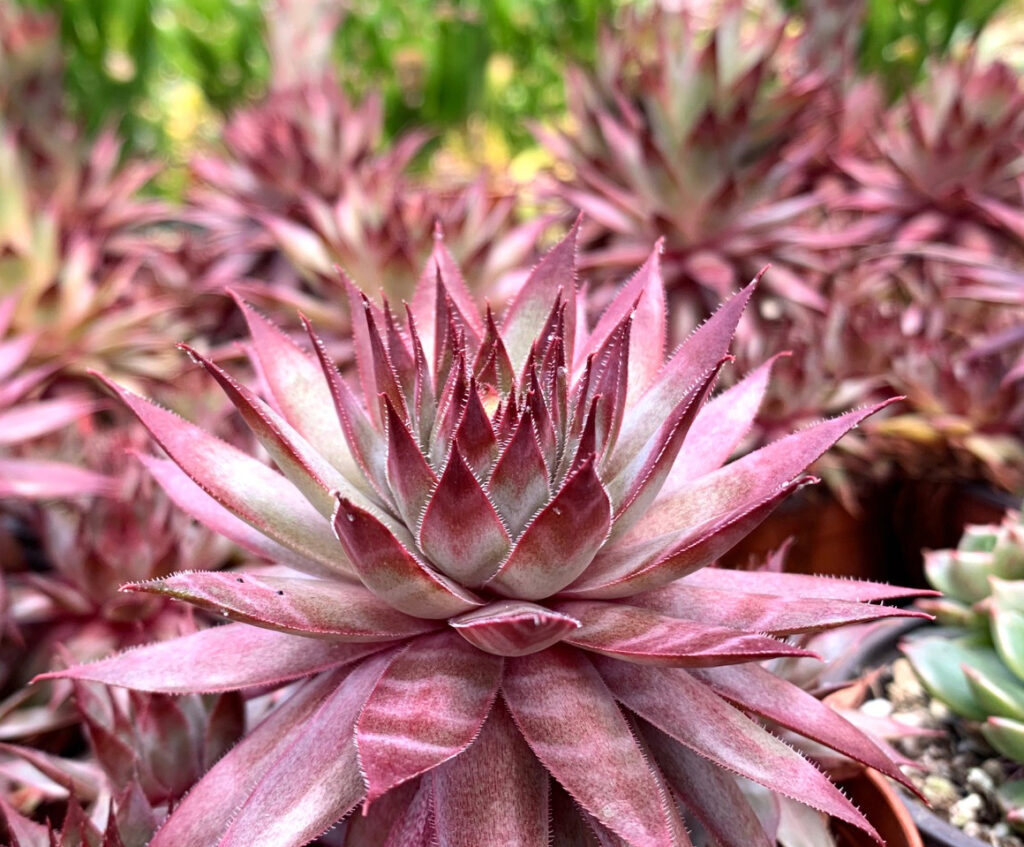



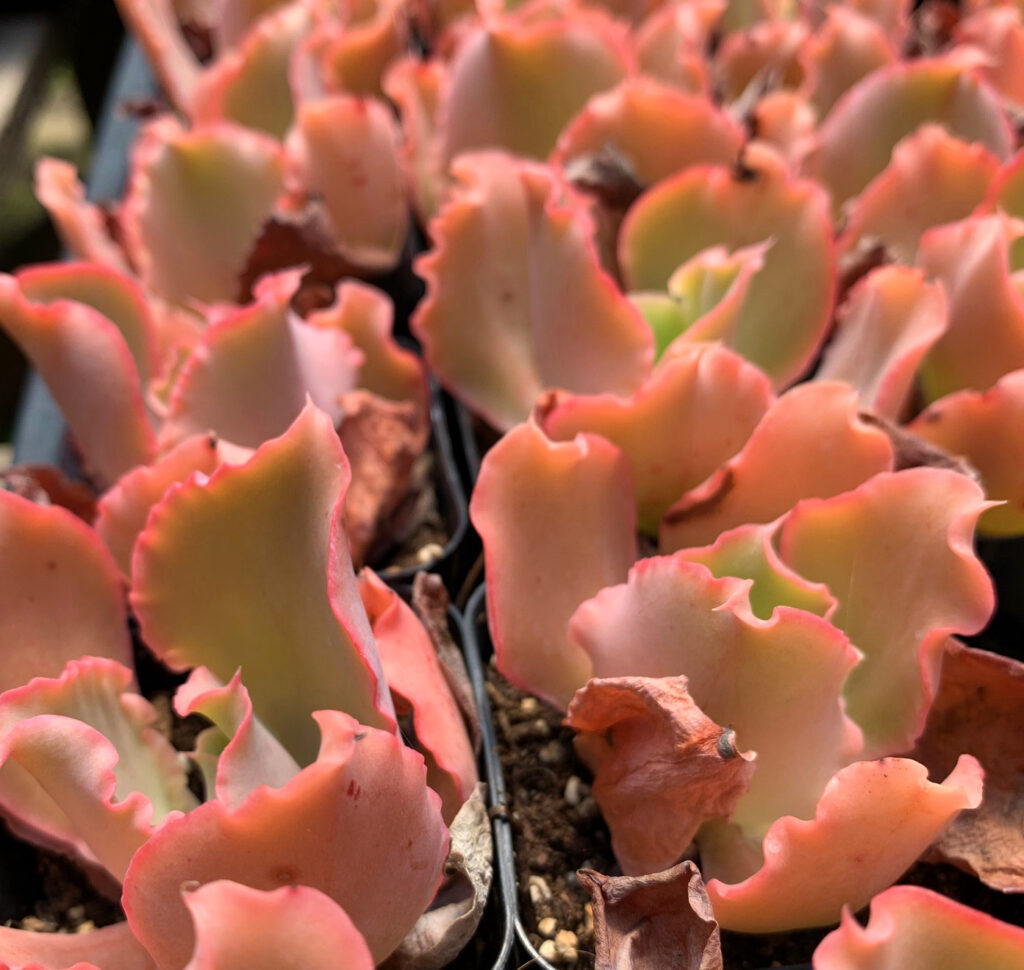


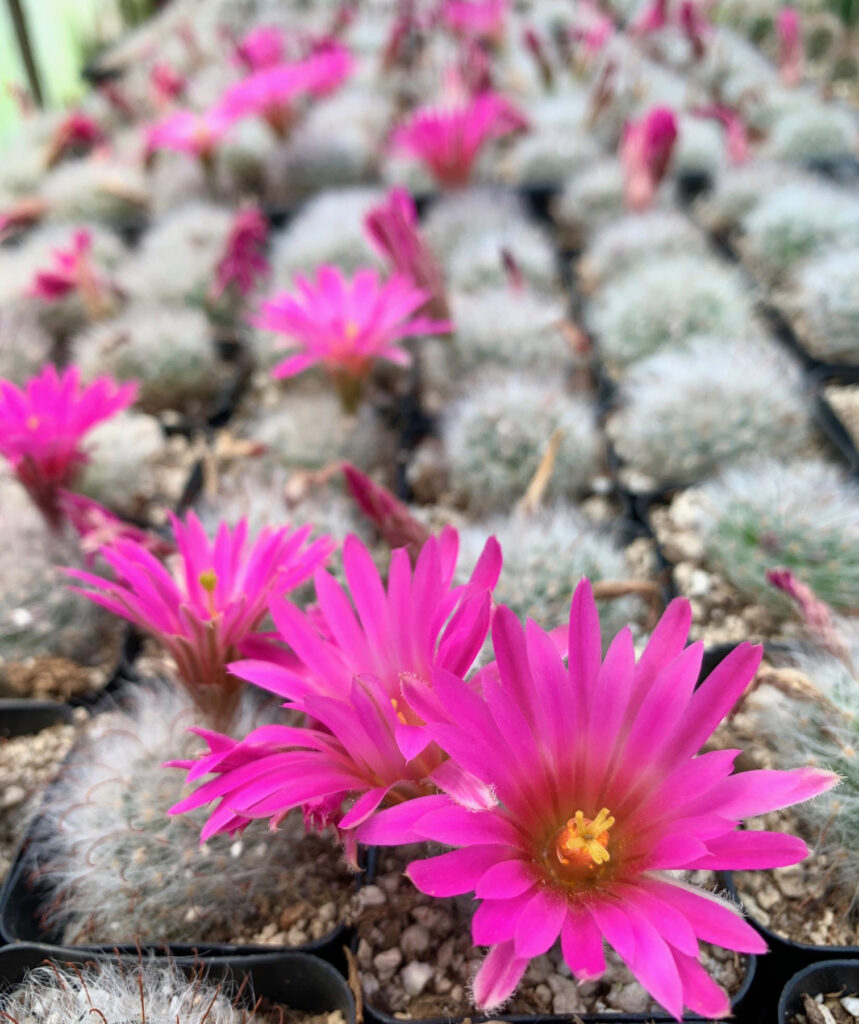




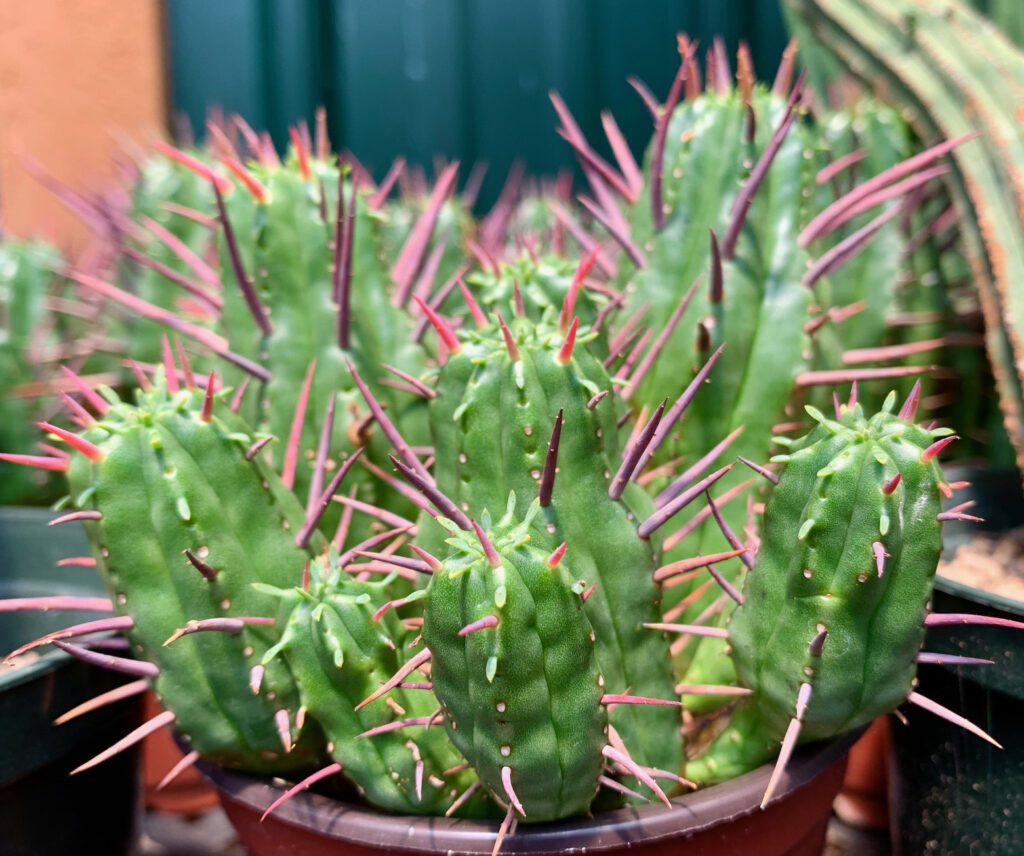









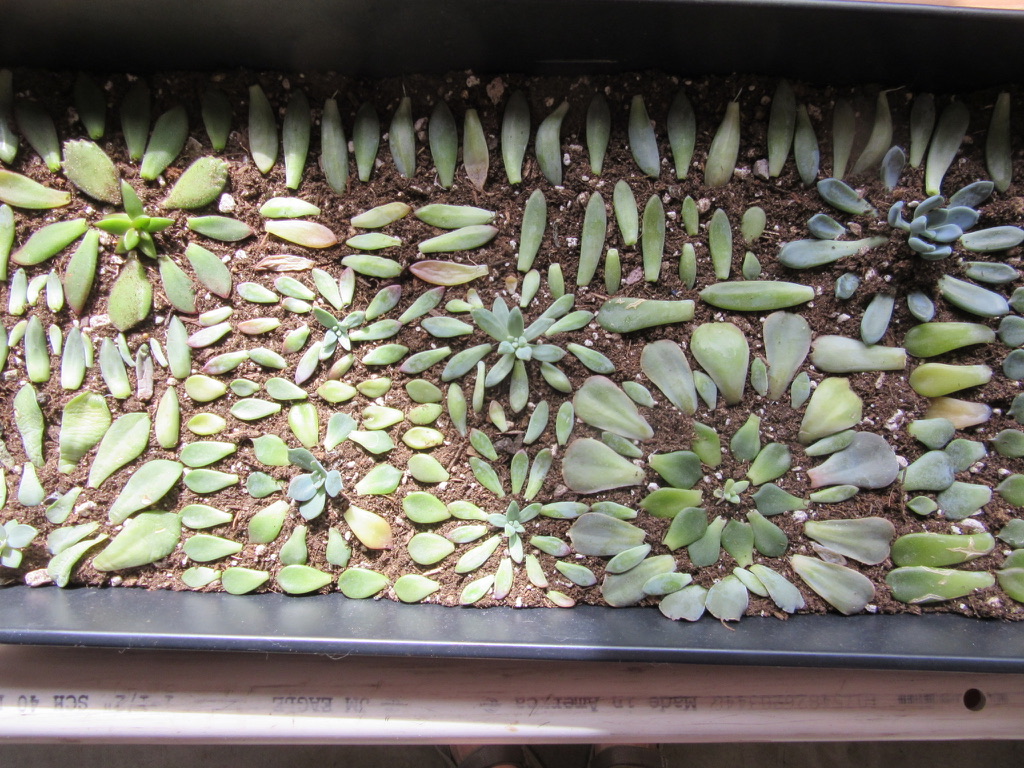



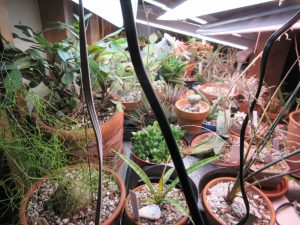 Electronic Sunshine
Electronic Sunshine “Urgent Care”
“Urgent Care”